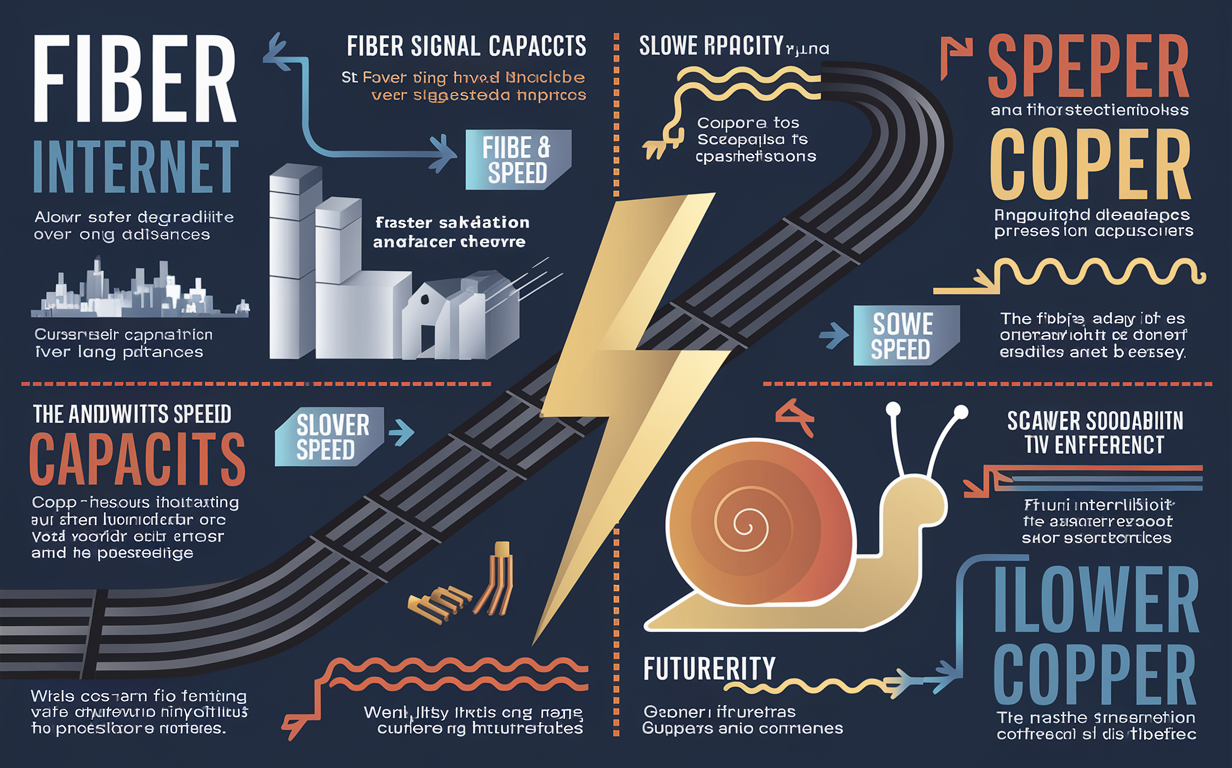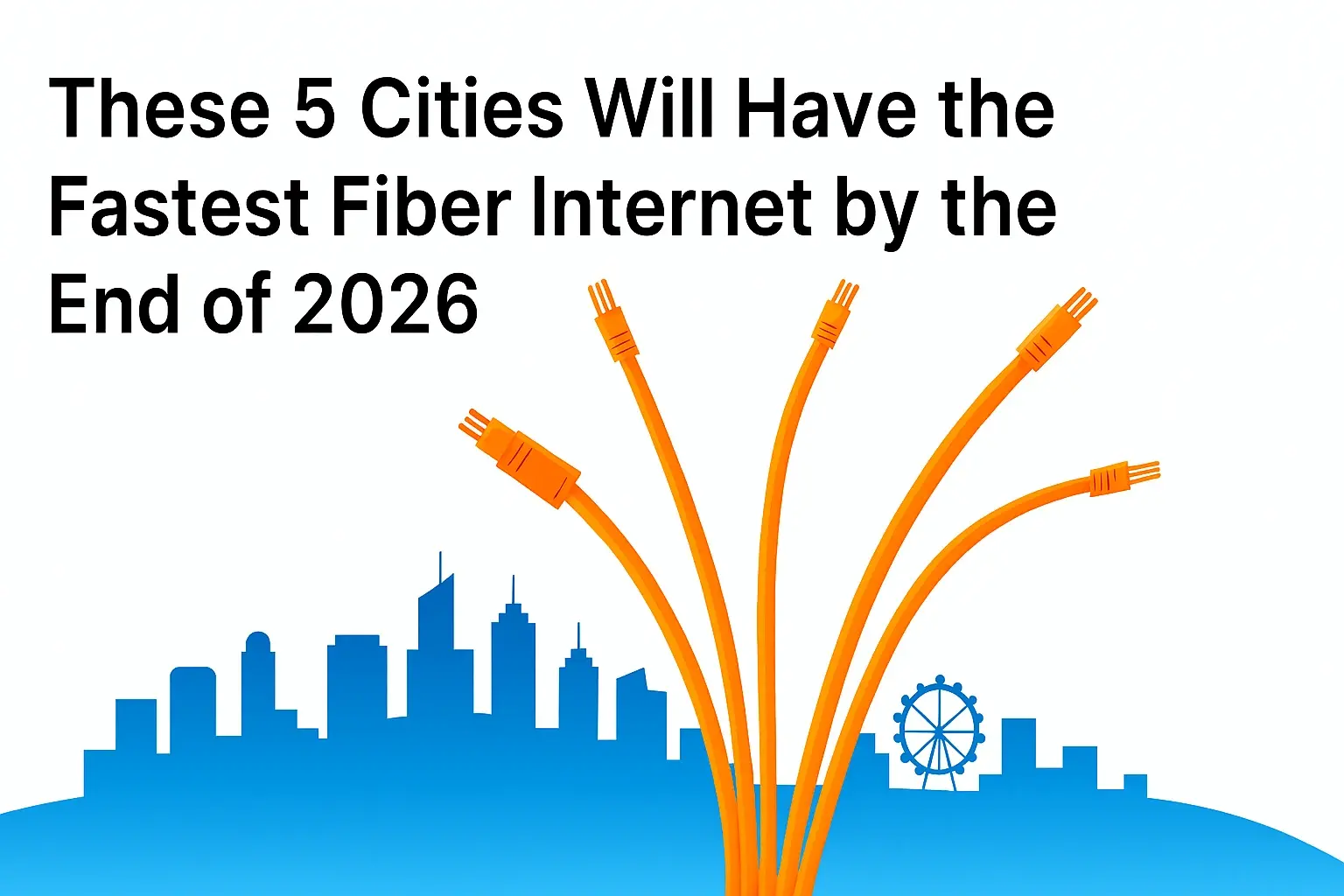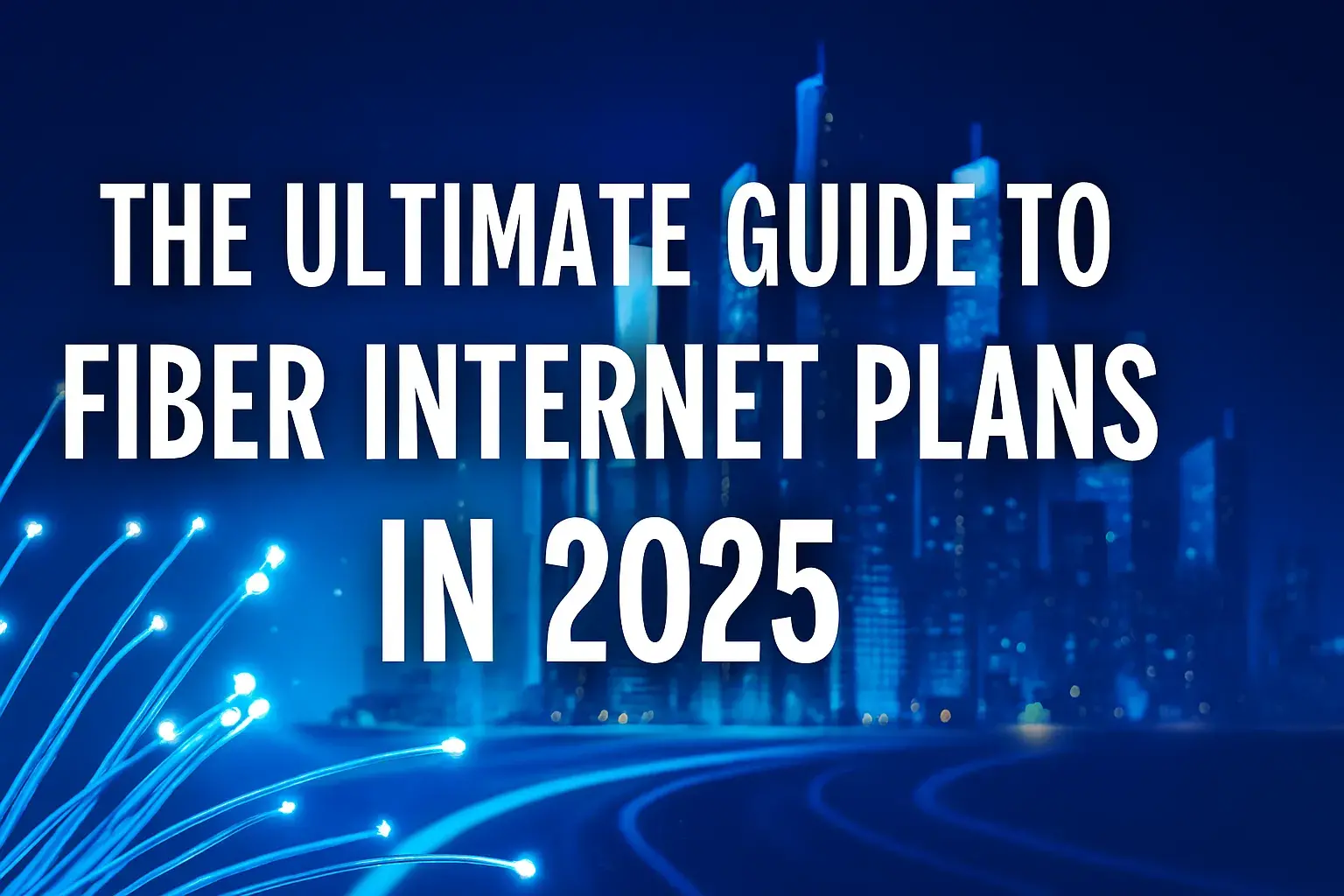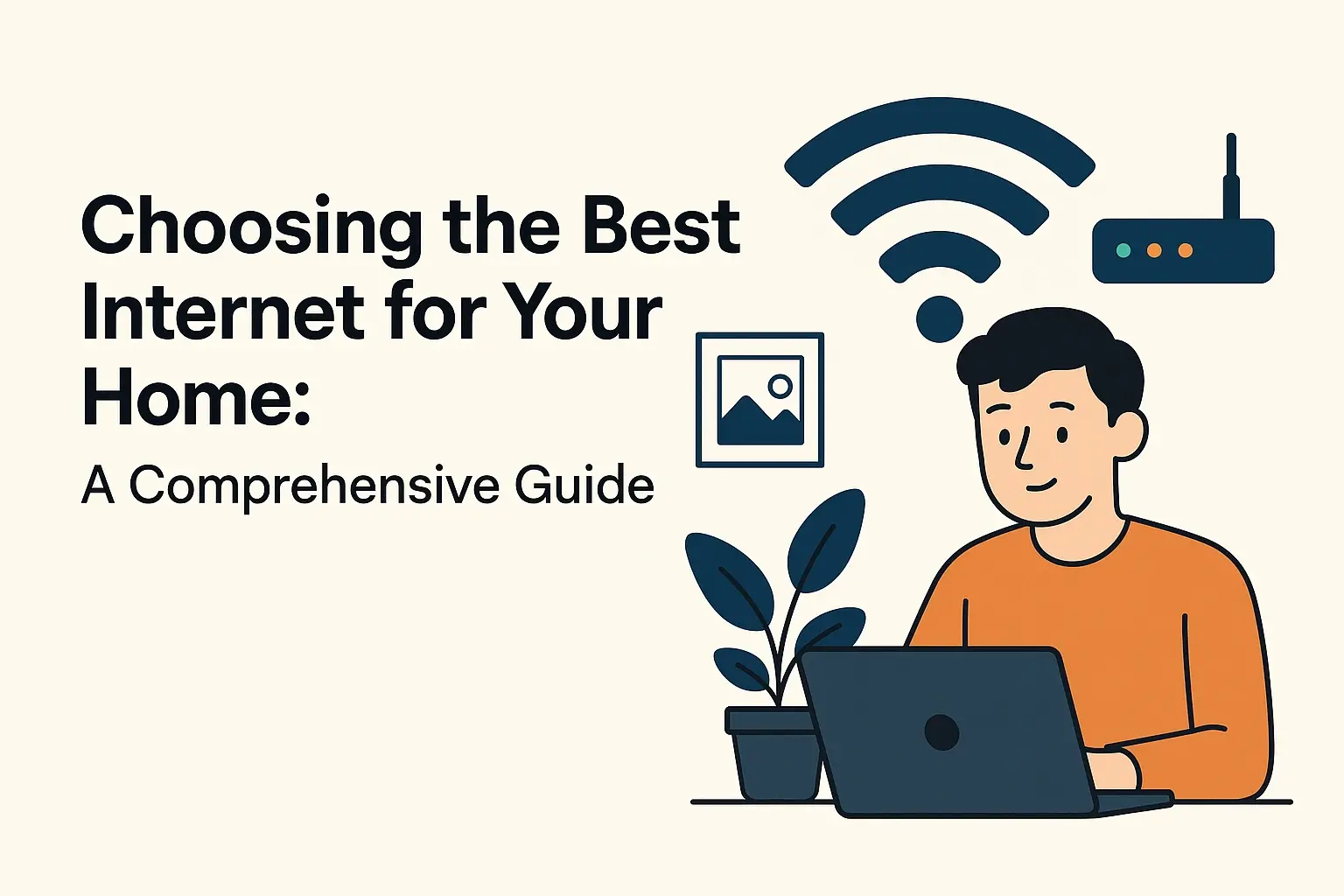What are the pros and cons of fiber compared to copper?

With improvement in the speed of the network connectivity over the last couple of decades fiber optic cabling is now seen as superior to copper cabling in many instances. But still, copper cabling has some benefits in comparison with fiber. Here we will review the major advantages and disadvantages of each type of cabling to assist with understanding which is better suited for your needs.
Speed
Fiber optic cables are much faster, and some types of multi-mode fiber cables are capable of transmitting data at more than 10 Gbps over long distances. The copper cables can deliver up to 10 Gbps but only over a maximum distance of 30 meters for the fastest type. The speed is also significantly affected where there are long distances of copper cables. Fiber can travel much farther without a degradation of the signal and hence slow down the speed. This makes it even more suitable for linking different structures and sites within a corporate compound or industrial park.
Bandwidth
The bandwidth capability of fiber optic cable is significantly higher than that of copper cabling. Although the new modulation techniques and four-pair designs have made significant improvements in the bandwidth of copper cables, fiber still has a virtually inexhaustible potential for expansion. It is not unusual to find a single fiber strand with the capability to carry terabits per second. This great potential is ideal for coping with the bandwidth growth in corporate networks and data centers that never ceases.
Distance
Fiber optic cables exhibit negligible attenuation on reasonable networking distance and can cover much longer cable runs without a repeater. At higher networking speeds, attenuation limits unrepeated copper cable runs to just 100 meters. It is capable of running tens of kilometers or more. This makes fiber suitable for the application of metropolitan area networks (MANs) to interconnect LANs located in separate buildings in a city.
Security
It is almost impossible to interject into fiber optic cables without being noticed, hence making the transmission of data secure. Copper cabling transmits electromagnetic energy which is relatively simple to intercept and listen to with nearby equipment. This is especially important in sensitive applications where fiber is needed to avoid data leakage through copper cabling. Fiber also does not allow interference from outside signals and cannot be influenced by magnetic fields in any way.
Installation and Cost
Copper cabling initially costs less in terms of acquisition and implementation. Installing fiber optic cables is slightly more delicate and complex since the glass fiber core is easily breakable and sensitive. Connectors are also more costly. However, over longer distances, the cost difference is not so pronounced because fiber does not need as many repeaters. The upgrade costs associated with increasing the bandwidth of an existing fiber system are also far less than with copper.
Power Requirements
Fiber optic transmission systems are very much more efficient than copper transmission networks in terms of energy consumption. Optical signals weaken much more slowly over distance, requiring minimal amplifier/repeater placements over tens to hundreds of kilometers. This makes fiber good for connections to areas that would otherwise not be feasible to supply power to. Fiber greatly reduces electrical expenses in large networks.
Immunity to Environmental Factors
Fiber optic cables are immune to most of the environments that cause problems with copper cable transmission. Thus, it can be noted that EM interference, radio frequencies, electrical surges as well as magnetic fields do not affect the optical fiber signals. And there is no fire risk from electrical power. Fiber is more suitable for determining extreme industrial conditions or installations where copper cables would be at risk.
Ease of Upgrade
Whereas for the bandwidth capacity of copper, cabling often needs new cables to support the speeds and transmission needed for the new standard. Fiber optics: an upgrade in network speed usually means only replacing the electronics at either end – the fiber cable itself carries data at 10, 40, or even 100 Gbps. This makes it very affordable to upgrade the capacity of the fiber infrastructure within a business.
The Verdict
Altogether, fiber optic cabling has significantly higher capability in terms of Capacity, speed, and distance compared to copper cabling which makes fiber optic cabling more suitable for campus backbone and data center infrastructures which require high bandwidth, scalability, and future-proof solutions. However, copper still has an upper hand when it comes to flexibility, installation, and relatively lower cost as compared to fiber optics over a short span. For the desktop connection to the network and within the wiring enclosure, copper is still a very good solution and the current Category 6A or even Category 8 copper cables can provide 10 Gbps over these shorter distances.
Comparing the strengths weaknesses and needs of a certain networking infrastructure project will dictate whether it is more beneficial to go with a full fiber optic setup or if it would be better to split the two technologies to provide a balance between the price of implementation and the practical efficiency of the networking system. All these factors must be taken into account by network architects when deciding on the most suitable cabling solution. However many times, fiber optic cabling offers obvious technical capabilities that place it as the ideal solution for managing the high bandwidth loads present in modern business networks even though the initial costs might be higher. That cost is often more than offset by the greater performance and the longevity of fiber for the life of the installation.
Upgrade to faster, more reliable AT&T Fiber Internet today! Call us at +1 844-905-5002 and get connected with speeds that keep you ahead.





